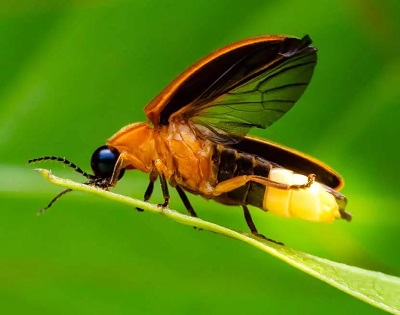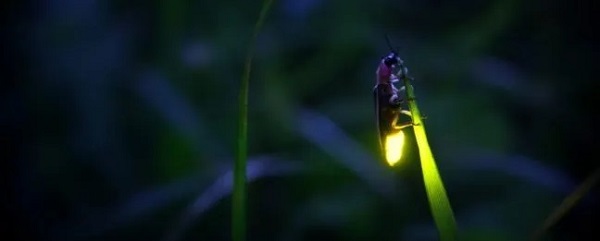The Remarkable Contribution of Fireflies to LED Light Technology
The natural world has long been a source of inspiration for human innovation, and the unlikely connection between fireflies and LED (Light Emitting Diode) technology stands as a testament to the wonders that can arise from observing nature’s marvels. Fireflies, with their captivating ability to emit light through bioluminescence, have played an instrumental role in advancing the development of efficient and sustainable LED lighting technology.
Fireflies, also known as lightning bugs, are a group of insects renowned for their bioluminescence – the production and emission of light through a biochemical reaction. This natural phenomenon has captivated human curiosity for centuries. The mechanism behind a firefly’s glow involves a chemical reaction between the enzyme luciferase, luciferin, oxygen, and energy released through ATP (adenosine triphosphate). This process results in the emission of light without significant heat generation, a characteristic that has played a pivotal role in the inspiration for LED technology.
LED technology, on the other hand, relies on the principles of electroluminescence to emit light. LEDs are semiconductors that emit photons when an electric current passes through them. This process generates light without the excessive heat production that is characteristic of traditional incandescent bulbs. The correlation between firefly bioluminescence and LED technology becomes evident in their shared efficiency in converting energy into visible light, while minimizing wasteful heat output.
The contribution of fireflies to LED technology goes beyond mere inspiration; it extends to the very core of how LEDs operate. Fireflies have offered invaluable insights into optimizing energy conversion processes for light emission. By studying the efficiency of fireflies’ natural light production, scientists have been able to refine the design and operation of LEDs. This understanding has led to the development of LEDs that consume significantly less energy while emitting the same, if not more, amount of light as traditional bulbs.
Moreover, the longevity of LEDs finds its roots in the fireflies’ ability to produce light without the associated heat damage. Fireflies have evolved to produce light as a means of communication and attraction, and excessive heat could be detrimental to their survival. This evolutionary adaptation has influenced the engineering of LEDs, resulting in lighting solutions that not only last much longer than incandescent bulbs but also remain functional over extended periods without compromising their efficiency.

Fireflies emit light from a part of their skeleton called the cuticle, where cells called photocytes create light through a chemical reaction
Fireflies have also sparked advancements in LED color technology. Fireflies emit light with a specific color wavelength, primarily green or yellow. This has led researchers to study the biochemical pathways that determine color in firefly bioluminescence, subsequently inspiring the creation of LEDs with precise color outputs. Modern LED technology allows for the manipulation of semiconductors to achieve specific colors, making them indispensable in various applications, from display screens to architectural lighting.
In the realm of biological inspiration, scientists and engineers have also explored mimicking the hierarchical structures found in firefly lanterns to improve LED light extraction efficiency. The microscopic structures on a firefly’s lantern surface aid in reflecting and scattering light, maximizing its visibility. Researchers have attempted to replicate these structures in LED designs, enhancing the amount of light emitted from the device and making LED lights even more effective in various applications.
In conclusion, the contribution of fireflies to LED light technology is a testament to the profound impact nature can have on scientific progress. From the optimization of energy conversion processes to the enhancement of light extraction efficiency and color manipulation, fireflies have catalyzed advancements that have revolutionized lighting technology. Of course, fireflies are not the only bioluminescent creatures, but as we continue to look to nature for inspiration, it is evident that these delicate insects have left a lasting luminescent mark on the world of LEDs, illuminating pathways toward a more sustainable and efficient future.
Aug 2023

